Choosing the perfect grass for your lawn is a crucial decision that can significantly impact its overall appearance and health. With a myriad of options available, understanding the differences between various grass types becomes essential. This guide will provide an in-depth analysis of the differences and similarities between five widely used types of grass: St. Augustine grass, Bermuda grass, Fescue grass, Zoysia grass, and Buffalo grass. Investigating each type of grass’s individual traits, preferred growing conditions, benefits, and considerations will help you pick the one that’s ideal for your purposes. This article will give you the tools you need to choose the ideal grass for your outdoor haven, whether you’re looking for a low-maintenance option that thrives in shade or a lush lawn that can withstand extreme heat.
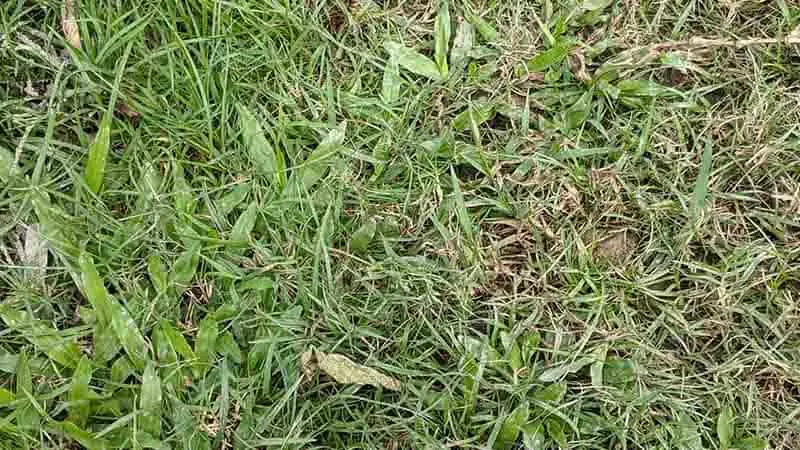
| Grass Type | Texture | Growth Season | Sunlight Requirements | Drought Tolerance | Shade Tolerance | Foot Traffic Tolerance | Maintenance Requirements |
| St. Augustine | Wide leaf blades | Warm-season | Full sun | Moderate | Low | High | Moderate |
| Bermuda | Fine texture | Warm-season | Full sun | High | Moderate | High | High |
| Fescue | Fine to medium | Cool-season | Partial shade | Moderate | High | Low | Low |
| Zoysia | Medium to fine | Warm-season | Full sun | High | Moderate | Moderate | Moderate |
| Buffalo | Fine texture | Warm-season | Full sun | High | Moderate | Moderate | Low |
St. Augustine Grass
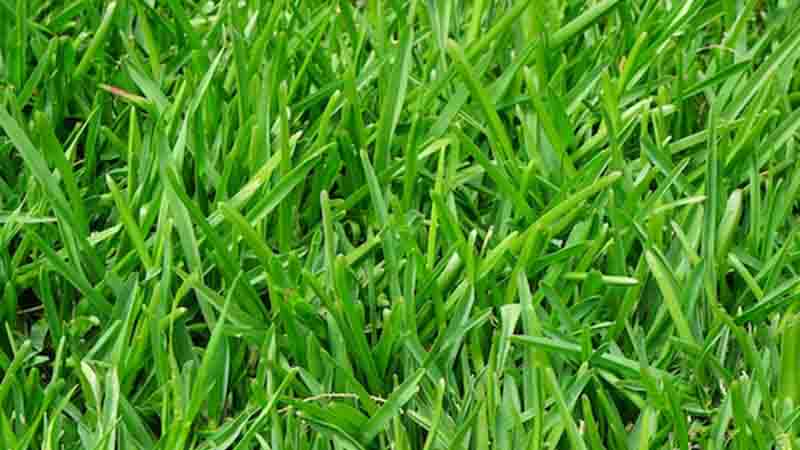
St. Augustine grass is a popular warm-season grass variety known for its vibrant and lush appearance, making it a favorite choice for lawns in many regions. It is also known as centipede grass. Its wide leaf blades give it a distinctive and appealing look. St. Augustine grass is exceptionally adapted to hot and humid environments, because of to its high heat tolerance. It requires abundant sunlight to flourish, making it ideal for areas with full sun exposure. Additionally, St. Augustine grass has moderate water requirements, which means it can handle periodic drought conditions better than some other grass types.
Aside from its aesthetic appeal and adaptability to warm climates, St. Augustine grass boasts several other advantages. It exhibits excellent durability, making it suitable for lawns with heavy foot traffic. This grass variety also possesses good resistance to pests and diseases, reducing the likelihood of issues affecting its health and appearance. St. Augustine grass, however, is temperature-sensitive and may turn brown or go dormant in the winter in cooler areas.
To keep a St. Augustine grass lawn looking its best, regular maintenance is necessary. This includes mowing at the appropriate height to prevent scalping and promoting a healthy root system. Adequate watering, fertilization, and occasional pest control measures will help maintain its lush and vibrant appearance. Understanding the specific needs and requirements of St. Augustine grass will ensure that you can enjoy a beautiful, resilient lawn throughout the warmer months of the year.
Bermuda Grass
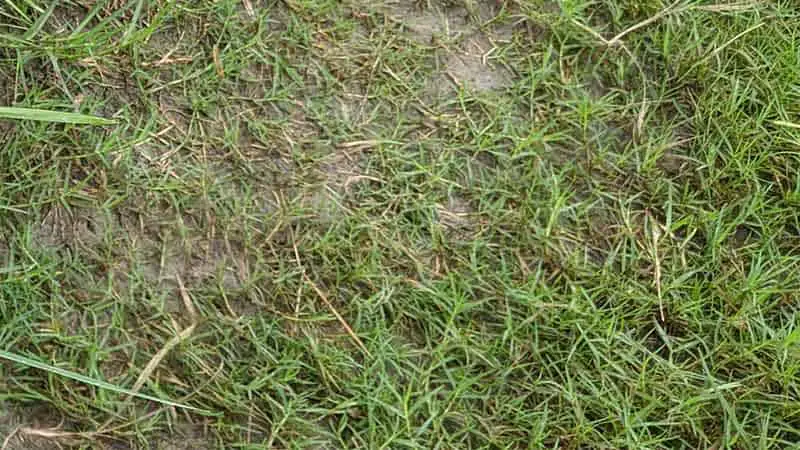
Bermuda grass is a widely recognized warm-season grass variety that has gained popularity due to its exceptional durability and ability to withstand heavy use. It is known for its fine texture and dense growth, giving lawns a manicured and well-maintained appearance. One distinguishing quality of Bermuda grass is its rapid growth rate, which enables it to recover quickly from damage caused by foot traffic or animal activity.
This grass type thrives in regions with hot and sunny climates, as it requires full sunlight to flourish. Bermuda grass is also great for areas that have water limitations or limited irrigation possibilities because of its ability to withstand dry conditions for long periods of time. It can withstand high temperatures and stay a healthy green even in the hottest summer months.
While Bermuda grass offers numerous benefits, there are a few considerations to keep in mind. Due to its rapid expansion, it needs to be cut regularly to maintain an appropriate height and avoid becoming messy. Bermuda grass is known for its aggressive spreading habit, which can be advantageous for filling in bare patches but may also lead to invasion of nearby flower beds or other areas of the lawn. Thus, regular maintenance and monitoring are essential to prevent it from encroaching on unwanted areas.
Another aspect to consider is that Bermuda grass tends to go dormant and turn brown during winter months in colder regions. However, it exhibits excellent cold tolerance and can regain its vibrant green color once warmer temperatures return.
If you want a lawn that can handle heavy foot traffic and warm weather, Bermuda grass is a great option. With proper maintenance and attention, Bermuda grass can provide a beautiful and inviting outdoor space for various recreational activities and gatherings.
Fescue Grass
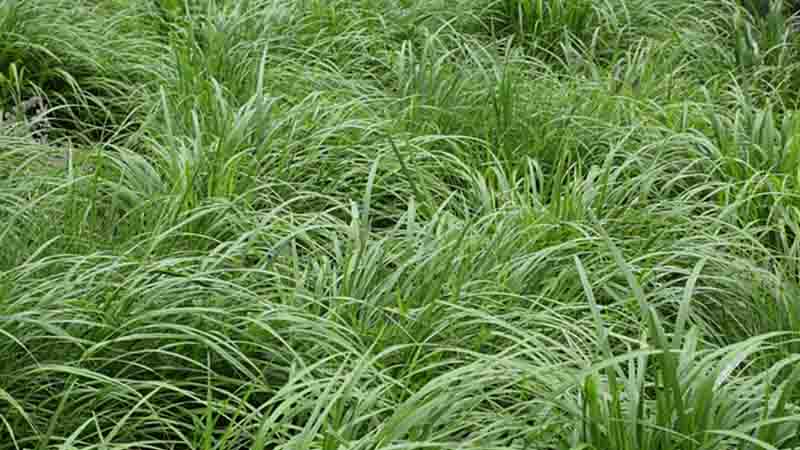
Fescue grass is a cool-season grass variety that thrives in regions with moderate climates. It is well-known for its ability to retain its green color all year, making it an appealing option for homeowners looking for year-round vibrancy in their lawns. Fescue grass has a fine to medium texture and forms dense tufts, creating a soft and inviting feel underfoot.
One of the key advantages of Fescue grass is its tolerance to shade. Fescue is a great choice for lawns that are partially shaded by trees or buildings, unlike some other grass types. It’s also quite resilient, flourishing even in low-fertility or poorly-drained soils.
Fescue grass is an eco-friendly option because it requires less water than warm-season grasses. It can keep its green color with less watering than other cool-season grasses because it is more resistant to drought. Additionally, Fescue grass generally requires minimal maintenance, including less frequent mowing compared to some warm-season grass varieties.
While Fescue grass offers numerous benefits, there are a few considerations to keep in mind. It turns brown or becomes stressed when subjected to high temperatures for too long, unlike warm-season grasses. Therefore, Fescue grass is best suited for regions with moderate summers rather than areas with intense heat.
Fescue grass, on the other hand, isn’t the best option for areas that get a lot of foot traffic, like playgrounds or front lawns. However, overseeding with a more durable grass variety during the cooler months can help mitigate this issue.
In summary, Fescue grass is an excellent option for homeowners in moderate climates who desire a lush, green lawn year-round. It is a good option for those who want a visually appealing lawn that is also environmentally conscious due to the fact that it can tolerate shade, it has low water requirements, and it requires very little maintenance.
Zoysia Grass
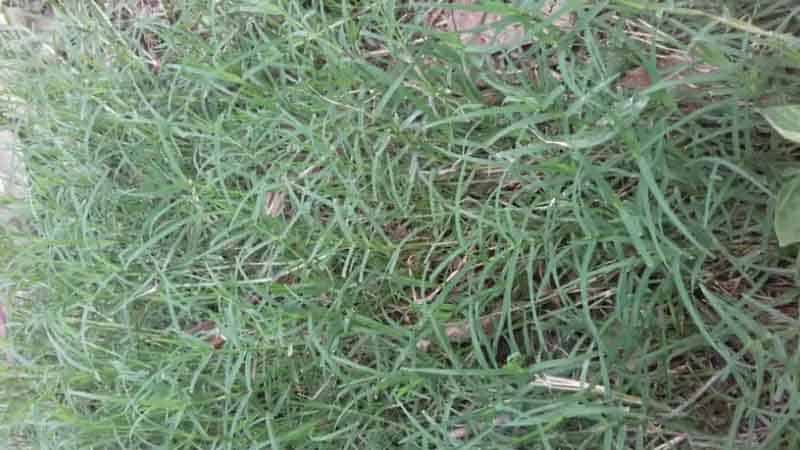
Zoysia grass is a warm-season grass variety that has gained popularity for its dense growth, durability, and ability to withstand heavy use. It is known for its medium to fine texture and striking dark green color, which contributes to a visually appealing and well-manicured lawn.
The ability of Zoysia grass to repair itself is one of its most notable qualities. It forms a thick carpet-like turf that can fill in bare patches and recover from damage caused by foot traffic or other stresses. This makes it an excellent choice for lawns that experience frequent activity or play.
Zoysia grass prefers full sun and can grow in a variety of soils, including sandy and clay. It exhibits excellent drought tolerance, requiring less frequent irrigation compared to some other warm-season grasses. Its deep root system allows it to access moisture from deeper soil layers, contributing to its resilience during dry periods.
Another advantage of Zoysia grass is its resistance to pests and diseases. It has a natural ability to fend off common lawn pests, reducing the need for chemical treatments. This grass variety also exhibits good heat tolerance, maintaining its lush green color even in hot summer months.
However, it is essential to keep in mind that the growth rate of Zoysia grass is significantly slower compared to that of other warm-season grasses. This means it requires less frequent mowing, resulting in lower maintenance needs. However, it may take longer to establish a fully established lawn with Zoysia grass compared to faster-growing varieties.
Due to its density and growth pattern, Zoysia grass is less likely to allow weeds to establish themselves within the turf. This reduces the need for herbicides and promotes a healthier lawn ecosystem. So, Zoysia grass is a great option for homeowners looking for a low-maintenance, high-wear lawn. It can repair itself, it is resistant to pests and diseases, and it can withstand high temperatures and dry conditions, making it a versatile and appealing choice in many climates. If given the appropriate amount of care and maintenance, Zoysia grass can produce a thick, green, and aesthetically pleasing lawn.
Buffalo Grass
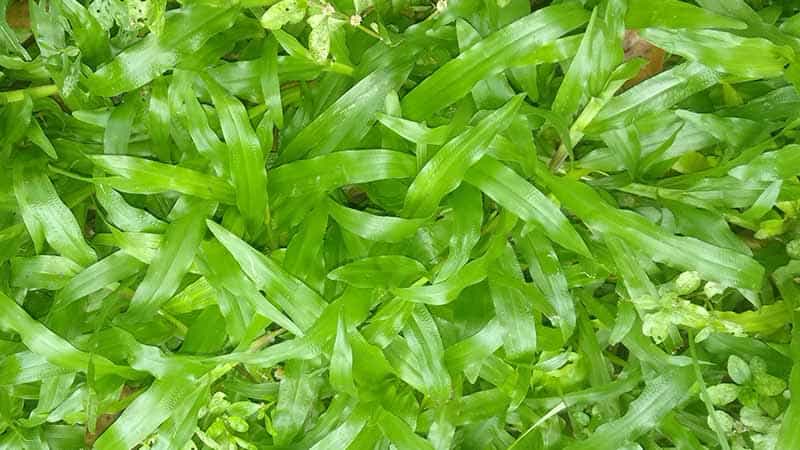
Native to North America, buffalo grass is a warm-season grass that has gained popularity due to its low maintenance needs and aesthetic appeal. It is known for its fine texture, light green color, and unique ability to thrive in low-nutrient environments.
One of the key advantages of Buffalo grass is its excellent heat and drought tolerance. It has adapted to live in hot, dry climates, making it a good option in places where water is scarce or where droughts occur regularly. Because of its deep roots, buffalo grass needs less water than other types of grass because it can draw it from deeper soil layers.
In order to reach its full potential, buffalo grass needs to be planted in a location that receives a lot of direct sunlight. It can grow in a wide range of soil conditions, from sand to clay, and even in acidic or basic soils. Buffalo grass can also thrive in areas with limited or no access to fertilization, making it an attractive option in those situations.
One of the key benefits of Buffalo grass is its low maintenance requirements. It has a slow growth rate, which means it requires less frequent mowing compared to other grass varieties. Additionally, its low stature reduces the need for excessive water, saving both time and resources. It is important to note that Buffalo grass grows more slowly than other types of grass, so it may take longer to establish a fully covered lawn.
While Buffalo grass offers many advantages, there are a few considerations to keep in mind. It has a lower tolerance to heavy foot traffic compared to some other grass varieties, and frequent use can lead to thinning or damage. Therefore, it may not be the best choice for lawns that experience intense activity or play.
Another aspect to consider is that Buffalo grass has a slower green-up in spring compared to other grass types. It may take longer for Buffalo grass lawns to regain their vibrant green color after winter dormancy. However, if you give it time and attention, its natural beauty will emerge. In summary, if you want a low-maintenance lawn that does well in hot, dry climates, buffalo grass is a great option. Because of its low nutrient requirements, low water needs, and resistance to heat and drought, this grass is a great choice for those interested in a sustainable lawn. Buffalo grass, with its unique appearance and low maintenance needs, can make a great addition to any outdoor space
Conclusion
There are many factors to think about when deciding on a type of grass for your lawn. St. Augustine grass offers a vibrant and heat-tolerant option, ideal for full sun areas. Bermuda grass provides a durable and fast-growing choice, perfect for high-traffic lawns. Fescue grass is an excellent cool-season option with shade tolerance and low water requirements. Zoysia grass stands out with its self-repairing ability, heat tolerance, and resistance to pests. Buffalo grass, on the other hand, offers low-maintenance beauty and exceptional heat and drought tolerance. Each grass type has its unique characteristics and benefits, allowing you to select the perfect grass variety based on your specific climate, sunlight availability, desired maintenance level, and foot traffic patterns. By understanding the key traits of St. Augustine, Bermuda, Fescue, Zoysia, and Buffalo grass, you can create a stunning and resilient lawn that enhances the beauty of your outdoor space and meets your specific needs.
